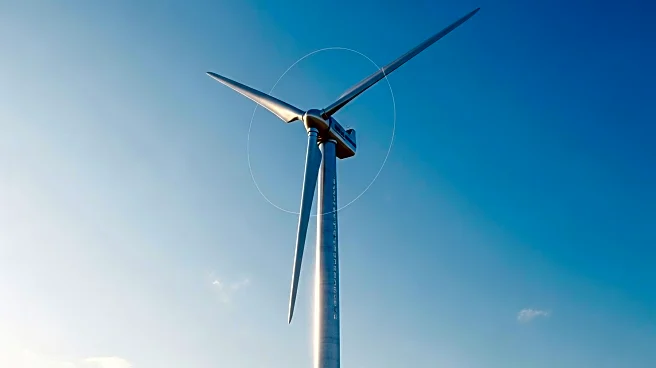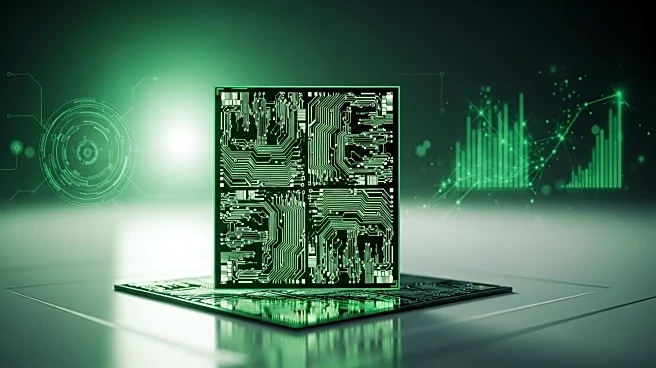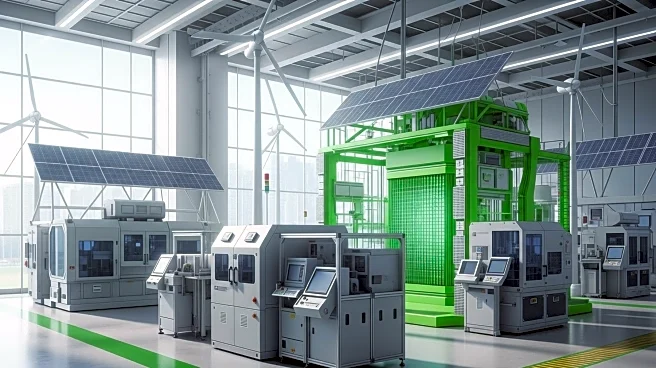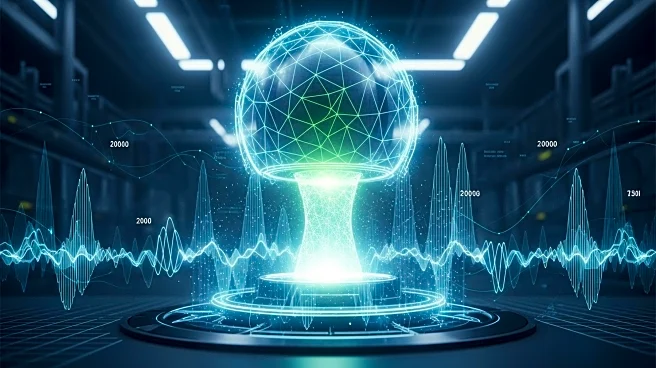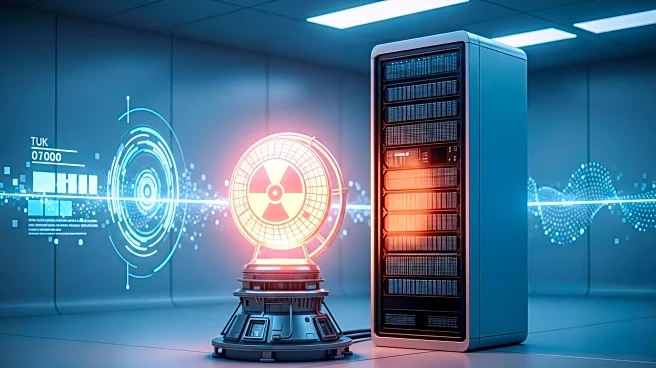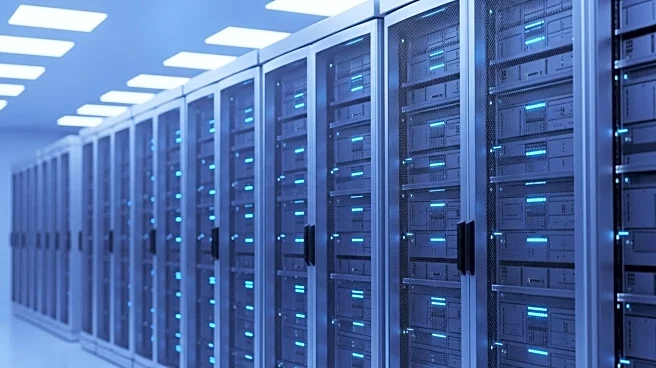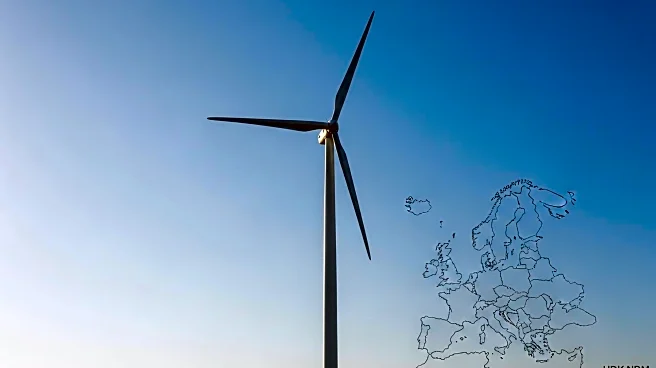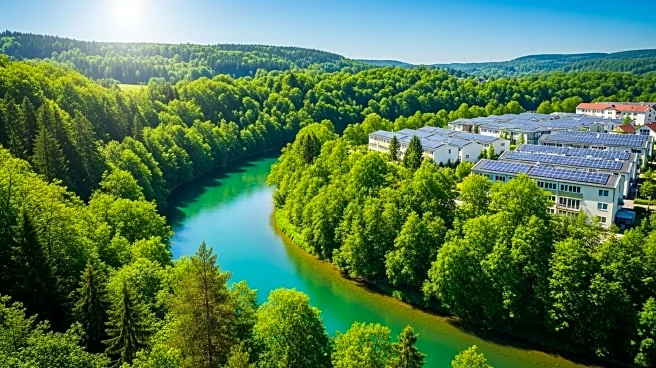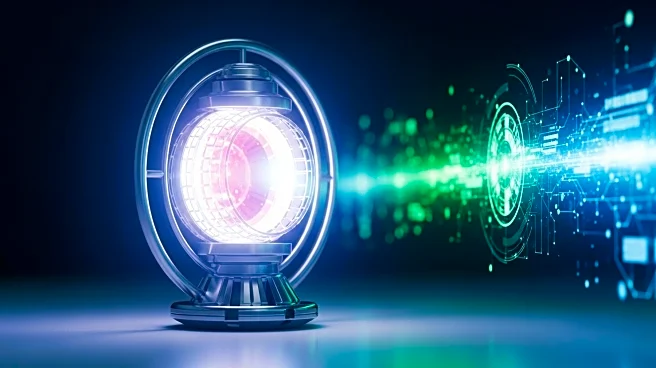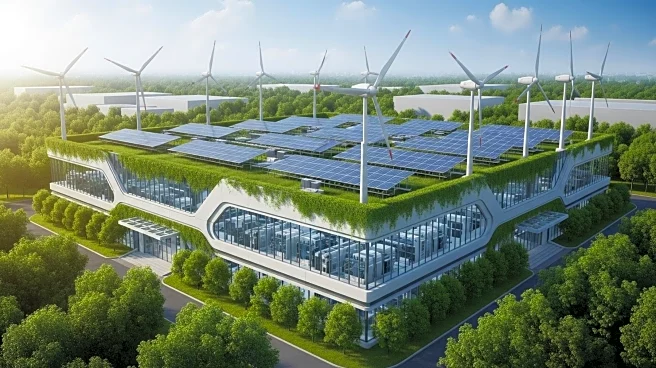What's Happening?
The U.S. Department of Energy is exploring the use of distributed energy resources (DERs) to address grid bottlenecks that delay data center interconnections. With the rapid development of artificial intelligence, data centers are facing increased power demands, which could lead to delays in planned projects. DERs, which include batteries and generators, can provide additional capacity to the grid, acting as virtual power plants to balance supply and demand. This approach could accelerate the integration of data centers by utilizing existing grid infrastructure and reducing energy costs for local businesses and residents.
Why It's Important?
The integration of DERs into the grid could significantly impact the U.S. technology sector by facilitating faster data center deployment, which is crucial for supporting AI development. This approach not only promises to reduce energy costs but also enhances grid resilience against extreme weather events. By leveraging DERs, utilities can offer more competitive services, potentially attracting more data center investments. This strategy aligns with broader efforts to modernize the grid and promote renewable energy sources, contributing to economic growth and sustainability.
What's Next?
Utilities, data center developers, and DER companies are expected to collaborate on implementing DER solutions. This may involve new business models and regulatory adjustments to allow DERs to participate fully in energy markets. As the demand for data centers grows, stakeholders will need to address the technical and financial challenges of integrating DERs into the grid. Policymakers may also need to revise market rules to incentivize the use of DERs, ensuring that the grid can meet future energy demands efficiently.

